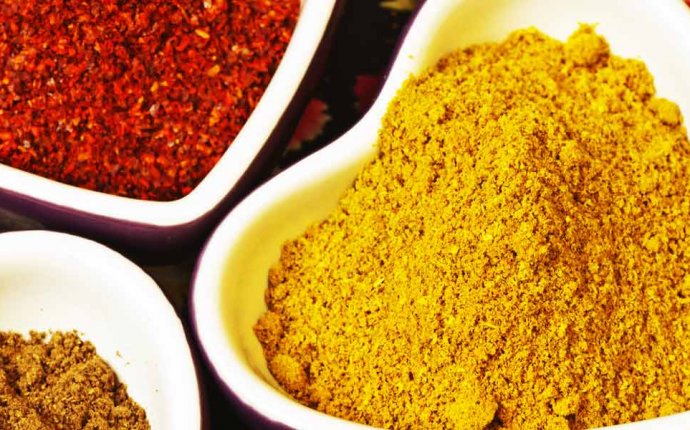
Skin Treatment in Ayurveda
The followers of this ancient tradition are skeptical about the healing power of many food that today's scientists deem terrific. "It's not that these things aren't important, " says Hari Sharma, MD, professor emeritus and former director of the Division of Cancer Prevention and Natural Products Research at Ohio State University College of Medicine in Columbus. "It's that breaking down our diets in this way is terribly oversimplified."
Take everything you've read about healthy eating and put it on a shelf, say the advocates of Ayurveda. This nutrition system from India was first recorded in spiritual texts called the Vedas 5, 000 years ago, but here's how the age-old plan looks under modern scrutiny.By Ayurvedic standards, the idea that everybody should eat the same food for optimal health is nonsensical. That's because Ayurveda—even though it comes from a culture very different from our own—has a central tenet that is very American: You are an individual, and you have unique needs that must be satisfied in order for you to feel good.
You Eat What You Are
It's also why some people can down three-alarm chili with glee while others end up running for a fire extinguisher, according to Sodhi. "The way we process food depends upon our biological makeup."
"Food can be medicine, or food can be poison, " observes Vasant Lad, BAMS, MASc, director of the Ayurvedic Institute in Albuquerque, New Mexico. "But it comes down to constitution, not nutrition."
The constitution he's talking about isn't the one penned by our Founding Fathers. It's "the physical makeup of the individual comprising inherited qualities modified by the environment." That definition is straight out of the dictionary, and it describes quite well what Ayurvedic doctors mean by the word.
Ayurveda says that you have two constitutions, the one you're born with—prakruti—and the one that reflects your body's condition from day to day—vikriti.
Your prakruti is a combination of what ancient Ayurvedic gurus called doshas, which are three primary forces. Each of the doshas, they believe, is made up of some combination of the five basic elements that comprise everything in the universe—ether (space), air, fire, water, and earth.
The vata dosha (ether and air), pitta dosha (fire and water), and kapha dosha (water and earth) are present in all living things.
The Combo You're Born With
At conception, you receive a vata-pitta-kapha combination from your parents. Ayurvedic experts say that combination forms the blueprint for who you are—the color of your eyes, how much sleep you need at night, your reaction to stress, and a lot of other characteristics, including healthy eating.
Building Better Balance
The easiest way to eat for balance, says Sodhi, is to determine the dominant dosha in your prakruti—the combination of elements in your system that does the most to determine your basic characteristics.
Then you should choose the food that decrease or counteract the elements of that dosha, because it is those healthy eating elements that are most likely to go out of balance.
Here's an example. If your prakruti is predominantly pitta, your essential characteristics are those associated with fire and water. Your diet, therefore, should be cooling, especially during the heat of summer.
If you defy your prakruti and exist on pitta-increasing foods like hot chili and jalapeno peppers, it will essentially overload your vikriti, your day-to-day functioning system. Adding too much fire to fire, you'll pay the consequences with heartburn, ulcers, and other "fire-related" ailments.
Conversely, you can eat foods that balance your pitta. By living in balance, you can achieve perfect health and longevity, say advocates of Ayurveda. You'll also attain mental clarity, compassion, love, and happiness, says Lad.
Vata: Light on Its Feet
Being air and space, vata is the mover and shaker of the doshas. As the only traveling dosha, it can go anywhere in the body, but it's most prevalent in the colon, bladder, skin, bone marrow, nervous system, and lumbar region.Vata shepherds food through the digestive process and nutrients in and out of cells. It's the force that controls your breathing, balances your tissues, and creates energy. Typical vata traits are anxiety, enthusiasm, impulsiveness, and changeability.
It's easy to spot vata-dominant people. They have light, thin builds and are usually very short or very tall, with prominent features, joints, and veins.
Vivacious and moody, they tend to worry, overexert, and sleep and eat at different times each day. Michael Jordan is tall, energetic, exuberant, and so light that they named a sneaker after him. That's vata.
When you have too much vata, that light wind rustling through your body becomes a gale force, drying you out and causing vata conditions like rough skin, chapped lips, intestinal gas, lower back pain, arthritic joints, insomnia, and fatigue.














